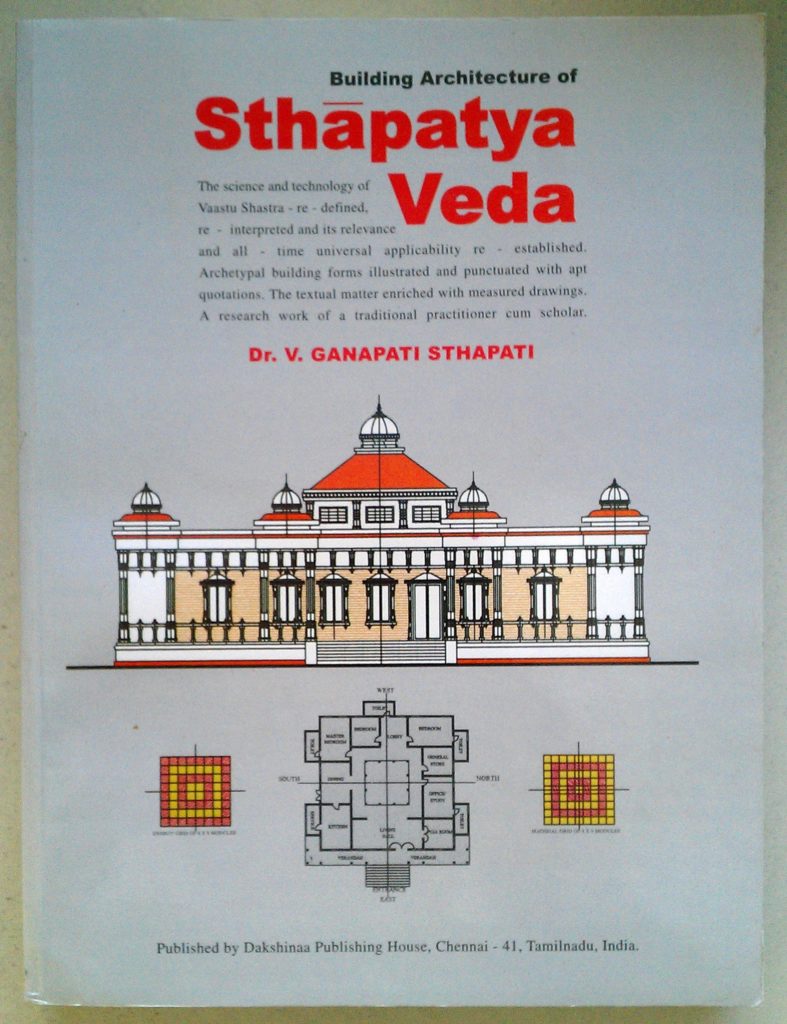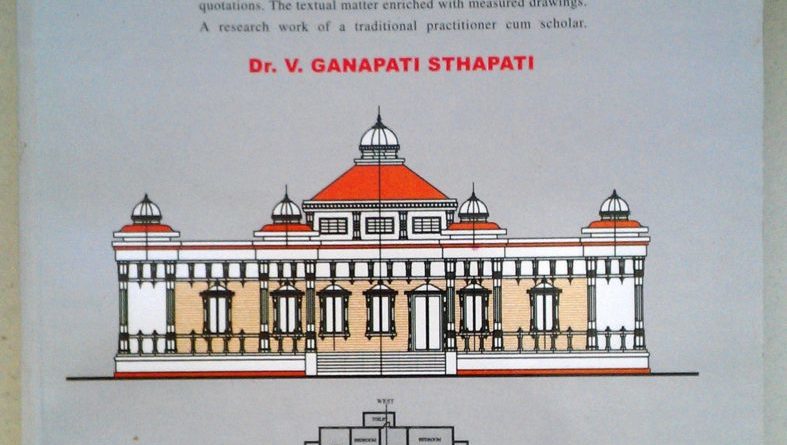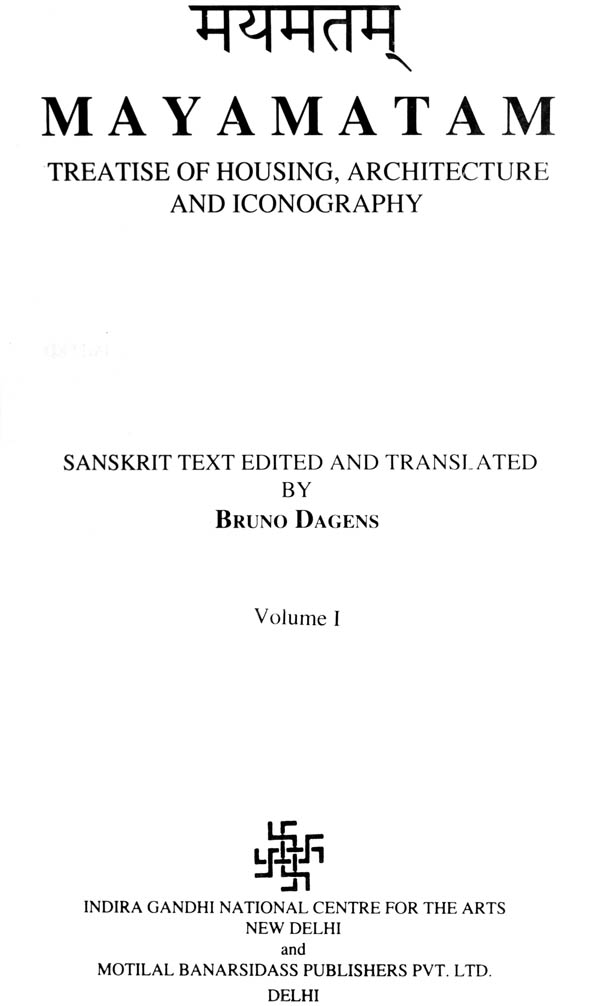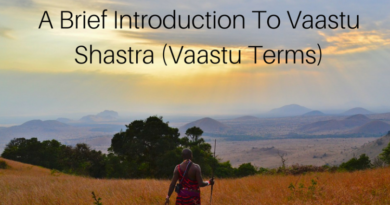ORIGIN AND TEXTS ON VASTU SHASTRA
Vastu Shastra was formulated by our ancestors nearly 4000 years ago, as a vedic science of layout and planning of buildings, and it has evolved over the centuries as a result of man’s efforts to improve his standard of living. Vastu Shastra is a Vedanga, a branch of Sthapatya Veda, which in turn is a part of Yajur Veda.

It used to be a purely technical subject and it was only confined to architects (Sthapatis) and handed over to their heirs. The principles of construction, architecture, sculpture etc., as enunciated in the epics and treatise on temple architecture, have been incorporated in the science of vastu. Its description is there in epics like Mataysya Purana, Skanda Purana, Agni Purana, Garuda Purana, and Vishnu Purana. There are some other ancient shastras that pass over the knowledge of vastu shastra to next generation, like Vishvakarma Prakash, Samraangan Sutradhar, Kashyap Shilpshastra, Vrihad Sanhita, and Praman Manjaree.
What are the best known works on Vastu Shastra?
Among the texts on Vastu shastra, which one is the most comprehensive?
What is the origin of the Mayamatam?
WHAT ARE THE BEST KNOW WORKS ON VASTU SHASTRA?
The body of Vastu knowledge is monumental with lakhs of shlokas, which were handed down to succeeding generations by word of mouth and through hand written monographs such as:
- Manasara Silpa Shastra (by Manasara),
- Mayamatam (by the Mayasuras),
- iswakarma Vaastushastra (by Viswakarma),
- Samarangana Sutradara (by Raja Bhoja),
- Aparajita Priccha (a dialogue between Viswakarma and his son Aparajita, written by Bhuvanadevacharya) Silparatna.
- Other treatises such as Agni Purana and works by Kautilya and Sukracharya are not popular even though they preceded the above mentioned documents.
There is a distinction of style based on the place of origin of the Text. Mayamatam and Mansara Silpa Shastra are considered Dravidian because they are from South India whereas Viswaskarama Vaastu Shastra is considered Aryan due to its North Indian origin.
AMONG THESE VASTU TEXTS, WHICH ONE IS THE MOST COMPREHENSIVE?
Mayamatam and Vastu Prakash have been found to be the best because of their comprehensiveness and coherence. Mayamatam was edited by the hierarchy of Architects known as the Mayasuras while Vastu Prakash was edited by the renowned and most respected Architect of ancient India, Acharya Vishwakarma.
Though, Vastu Prakash is a notable Text, it is an individual’s concept and has it’s limitations whereas the Mayamatam is a hierarchy which originated from the Ramayan era to the Mahabharat era and beyond. Therefore, Mayamatam as a concept has a span of hundreds of years and has evolved over the centuries and is considered the most relevant today.
WHAT IS THE ORIGIN OF THE MAYAMATAM?
Mayasura the first, an Architect of South India was given the task of designing Sri Lanka, a rich and resourceful kingdom in those days, as his daughter, Mandodari, was married to the king of Sri Lanka, Ravana the Great, (of Ramayan fame). From this first Mayasura, architecture became the family profession of the Mayasuras and prevailed upto the Mahabharata period and many years after.
Various derivations, proven by experiments in construction technology were put down in Sanskrit Shloka form, by the first Mayasura and this style was religiously followed by the next generations till about the 13th Century. Somewhere between the 11th and the 12th Century, someone out of the hierarchy of Mayasuras, edited the vast bank of Shlokas that had been collected over the centuries into a very concise book titled the ‘Mayamatam’ or ‘The Opinion of the Mayasuras’. This very valuable book took birth after the efforts and experiments of generations of good Architects and is considered the best reference book on Vastu Shastra today.
Mayamatam is not just a theoretical thesis on Architecture, but a definitive and coherent text on practical aspects of construction. It comprises 36 chapters and handles subjects like Village planning, Town Planning, Temple Complex Designing, Designing of houses for various categories, and subjects like Orientation, inspection of site, selection of materials, style of construction, ventilation, carpentry joinery, furniture, every aspect that an Architect must consider while designing any structure, qualities an Architect must possess, rituals to be performed, house warming ceremony, etc are discussed elaborately chapter wise.
If you observe, my Site ‘Architecture Ideas’ also covers topics similar to the ones mentioned in the Mayamatam because as an Architect, I am aware that these are the topics of interest for any layman. I shall attempt to review the chapters of Mayamatam under the heading of Vastu Shastra, and it will surprise you to see that lots of concepts of the Mayamatam are relevant even today.
If you found this post useful, all it takes is a simple click on the “pin it” “like,” “share,” “tweet,” or Google+ buttons below the post.
Related Topics:
- Vastu Shastra | Explained By An Architect
- Vastu Shastra | Principles For A House
- Vastu Shastra | Factors That Impact A House
- Vastu Guidelines | Designing A House
- Vastu Guidelines | Interiors Of A House
- Vastu Guidelines | Exteriors Of A House
- Vastu Guidelines | Selecting The Right Site
- Vastu Guidelines | Construction Of A House
- Vastu Guidelines | Rituals For A House
- Vastu Guidelines | Non-Residential Buildings
- Remedies For Vastu Defects






Please some body help me. Vasthu Prakash, Vishvakarma Prakash and Vishvakarma Vasthu Shasthra these all three books are same or different? if it is different which one is the original book written by GOD Visvakarma?
Please Please some body tell me.
i am planning to construct a house and a resort,and i wish to understand the science of vastu better to help the architect plan the layout better. can u suggest any comprehensive book on vastu which i can refer to guidance.
Wastushastra is out dated.
Some businessminded persons are making money by misguiding people.
Hi Jeevan,
Though I am an architect with a scientific bend of mind, I do not completely agree with you. But yes, there are so many Vastu shastra principles that do not apply to modern day living. For example, we do not use firewood and outdoor kitchens nowadays. So many principles regarding the kitchen can be ignored. Similarly Vastu principles were applicable to an agricultural society in which people stored grains and produce in their large homes for many months. So a lot of the principles regarding store rooms and safes are not applicable today. But there are some basic tenets of Vastu Shastra that encourage good light and ventilation in the house. These are based on the sun’s movement and the wind directions, all of which have not changed over the centuries. So applying these principles is scientific and benefits your well-being. I speak from the many years of experience I have had in designing and building houses.
Admin
I live in California and have always had an interest in Indian culture particularly any information pertaining to the Vedas. I was looking at your blog and enjoyed learning more about Sthapatya Veda. I hope you can dispel some of my confusion, though. Previously I had looked into Maharishi Sthapatya Veda and I notice there are many differences between that approach and yours, particularly vis a vis the most auspicious directions. Do you think the Maharishi form has any validity? They seem to always prefer the home facing east.
Thanking you in advance,
Nattalia K. Merzoyan
Hi Nattalia,
I have just given a brief summary of the veda, as I have understood it. I am in no way an expert in it. So I cannot help you.
Actually,there is no difference between aryans and dravidians.It is confusion,which created by britishers,who don’t know completely about india and its original history.Mayamatam author is mayasura,grandson of viswakarma according hindu puranas.But one thing is certain viswakarma gave very much of importance to North east corner,meanwhile mayasura gave to South west corner.Both are very key corners in human life,according to vasthu sasthra
J.Thirumalesh
Thank you for your opinion Mr J Thirumalesh.
Admin
Namaste –
Thanks for a very nice summary. Now that there have been many findings to invalidate Aryan invasion theory and hence the distinction between Dravidian and Aryan. How are Mayamatam and Vishwakarma Shastra related?
Hi Hari,
Honestly I am not an expert on these texts. I have just given a very brief summary from what I have understood. There will always be contradictions and controversies and I cannot comment on them.
Admin
is there difference between mayamatam & viswkarma shastra
Hi Sanjay,
Mayamatam is supposed to have been an earlier text, written in the 11th Century and is from South India (of Dravidian origin) while Vishwa Karma Shastra is of North Indian origin and is believed to have been written in the 16th century. Now whether there were influenced by each other or not is uncertain. Obviously there are some differences in the Vastu recommendations i both the texts probably because of the difference in climates, wind directions in the North and South of India.
Admin
I wonder whether these Vedic sciences are currently taught in Architecture colleges. I need to design my house for which I would like to get contacts of some mature Architects who have studied this. Thanks.
Hi Milind Athavale,
Vedic Sciences and vastu shastra are not part of architectural curriculum.
Admin